
Filter News
Area of Research
- (-) Advanced Manufacturing (6)
- (-) Nuclear Science and Technology (21)
- Biological Systems (2)
- Biology and Environment (71)
- Building Technologies (2)
- Computational Engineering (1)
- Computer Science (3)
- Electricity and Smart Grid (1)
- Energy Science (100)
- Energy Sciences (1)
- Functional Materials for Energy (1)
- Fusion and Fission (29)
- Fusion Energy (17)
- Materials (63)
- Materials for Computing (5)
- Mathematics (1)
- National Security (25)
- Neutron Science (22)
- Nuclear Systems Modeling, Simulation and Validation (1)
- Quantum information Science (3)
- Supercomputing (28)
News Topics
- (-) Advanced Reactors (12)
- (-) Bioenergy (2)
- (-) Cybersecurity (2)
- (-) Fusion (9)
- (-) Physics (2)
- 3-D Printing/Advanced Manufacturing (25)
- Artificial Intelligence (1)
- Biomedical (2)
- Composites (3)
- Computer Science (3)
- Coronavirus (1)
- Environment (1)
- Isotopes (5)
- Machine Learning (1)
- Materials (6)
- Materials Science (8)
- Molten Salt (4)
- Neutron Science (7)
- Nuclear Energy (37)
- Space Exploration (6)
Media Contacts

Oak Ridge National Laboratory’s Innovation Crossroads program welcomes six new science and technology innovators from across the United States to the sixth cohort.
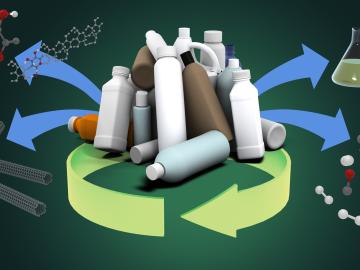
Oak Ridge National Laboratory researchers determined that designing polymers specifically with upcycling in mind could reduce future plastic waste considerably and facilitate a circular economy where the material is used repeatedly.
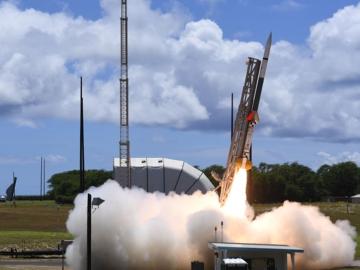
Oak Ridge National Laboratory researchers have developed a novel process to manufacture extreme heat resistant carbon-carbon composites. The performance of these materials will be tested in a U.S. Navy rocket that NASA will launch this fall.
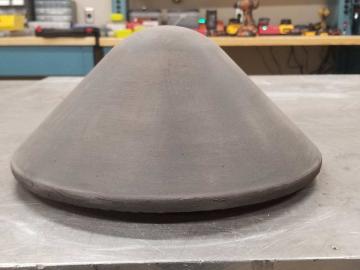
A research team at Oak Ridge National Laboratory have 3D printed a thermal protection shield, or TPS, for a capsule that will launch with the Cygnus cargo spacecraft as part of the supply mission to the International Space Station.
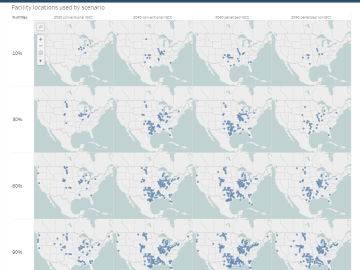
The combination of bioenergy with carbon capture and storage could cost-effectively sequester hundreds of millions of metric tons per year of carbon dioxide in the United States, making it a competitive solution for carbon management, according to a new analysis by ORNL scientists.

A developing method to gauge the occurrence of a nuclear reactor anomaly has the potential to save millions of dollars.
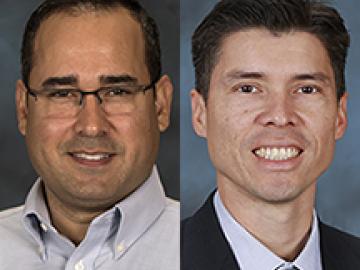
Two staff members at the Department of Energy’s Oak Ridge National Laboratory have received prestigious HENAAC and Luminary Awards from Great Minds in STEM, a nonprofit organization that focuses on promoting STEM careers in underserved
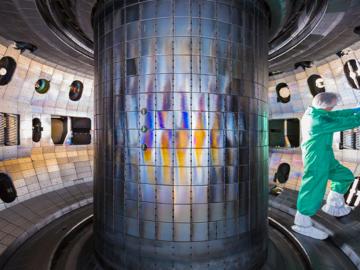
The inside of future nuclear fusion energy reactors will be among the harshest environments ever produced on Earth. What’s strong enough to protect the inside of a fusion reactor from plasma-produced heat fluxes akin to space shuttles reentering Earth’s atmosphere?
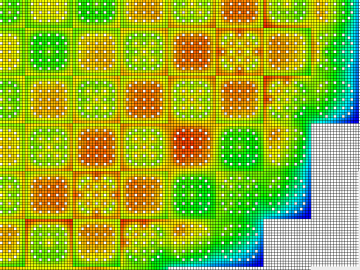
As CASL ends and transitions to VERA Users Group, ORNL looks at the history of the program and its impact on the nuclear industry.

Lithium, the silvery metal that powers smart phones and helps treat bipolar disorders, could also play a significant role in the worldwide effort to harvest on Earth the safe, clean and virtually limitless fusion energy that powers the sun and stars.


